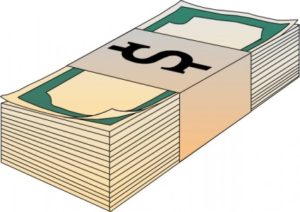 County offices have been flooded with telephone calls in the past week after property owners received their property tax statements. In general, taxes increased enough that people are asking “Why?”
County offices have been flooded with telephone calls in the past week after property owners received their property tax statements. In general, taxes increased enough that people are asking “Why?”
According to county treasurer Donna Lawson and Pam Olerich, who handles matters pertaining to real estate and taxes in the county auditor’s office, there are several reasons for the increases.
Voters approved a pair of referendums that increased taxes. In February, voters approved a $25.5 million bond referendum for Iowa Central Community College. That cost the owner of a home with an assessed value of $100,000 an extra $12 per year.
In April, voters in the Greene County school district approved a bond referendum of $21.45 million for a new high school and repurposing the current high school for use as a middle school. That added $2.70 per $1,000 in taxable value per year.
The levy rates used to calculate the property tax bills include both those referendums.
The county wide levy (for county services/expense) increased $.14 (per $1,000), and city property tax rates increased in Churdan, Dana, Grand Junction and Rippey.
Along with increased levy rates, many property owners saw their assessed values and their taxable valuations increase.
The state equalizes valuations in odd years, so 2017 was an equalization year. During equalization, the Iowa Department of Revenue compares county assessors’ abstracts to “sales assessment ratio study” to assure that assessments among classes of property and among various assessing jurisdictions are equitable across the state.
The state rollback on residential property values decreased this year. Because of the rollback, property owners pay tax on a percentage of the assessed value of their home, not the full value. In the last tax year, the rollback was 56.93 percent; homeowners paid taxes on 43.07 percent of the value of their home. In this tax year, the rollback is 55.62 percent; homeowners are paying taxes on 44.38 percent of the value of their home. Combining an increase in assessed valuation due to equalization and a decrease in the rollback results in most cases with a higher taxable value.
Because the taxable value X the levy rate = the tax bill, people’s tax bills are more this year than last.
